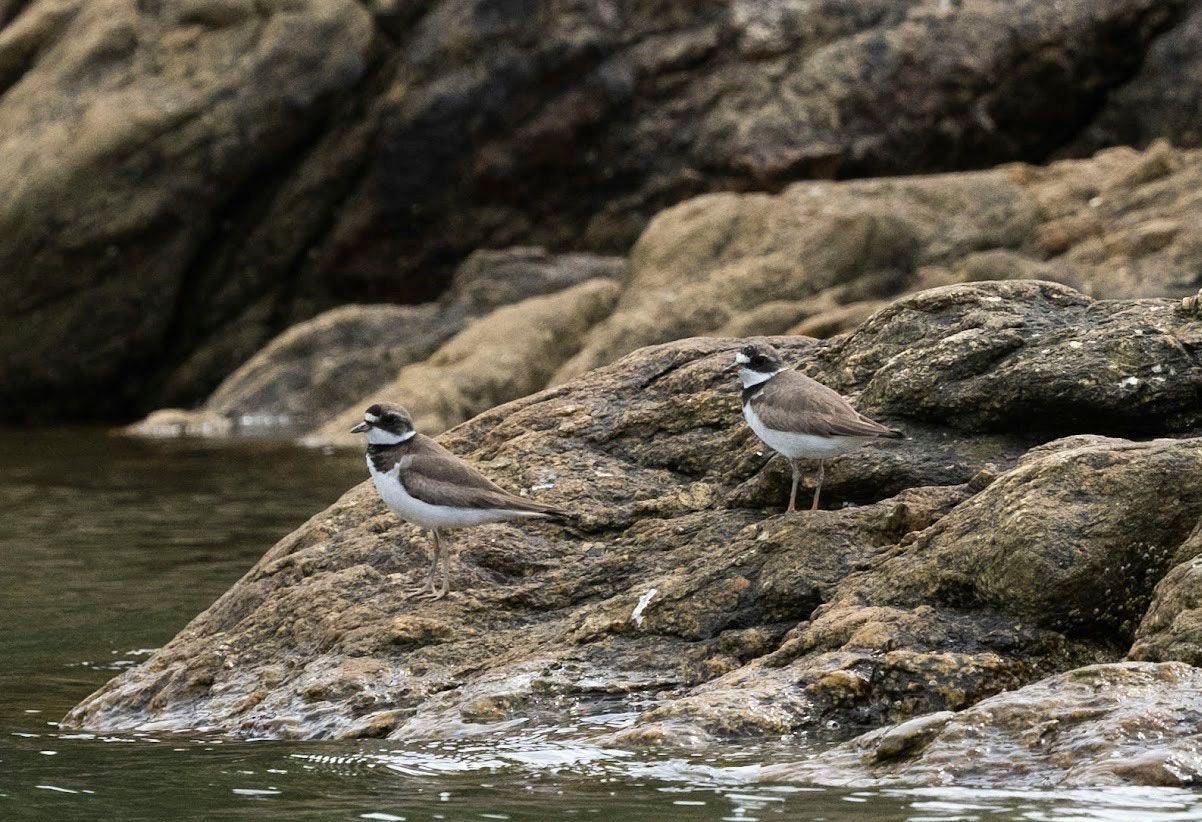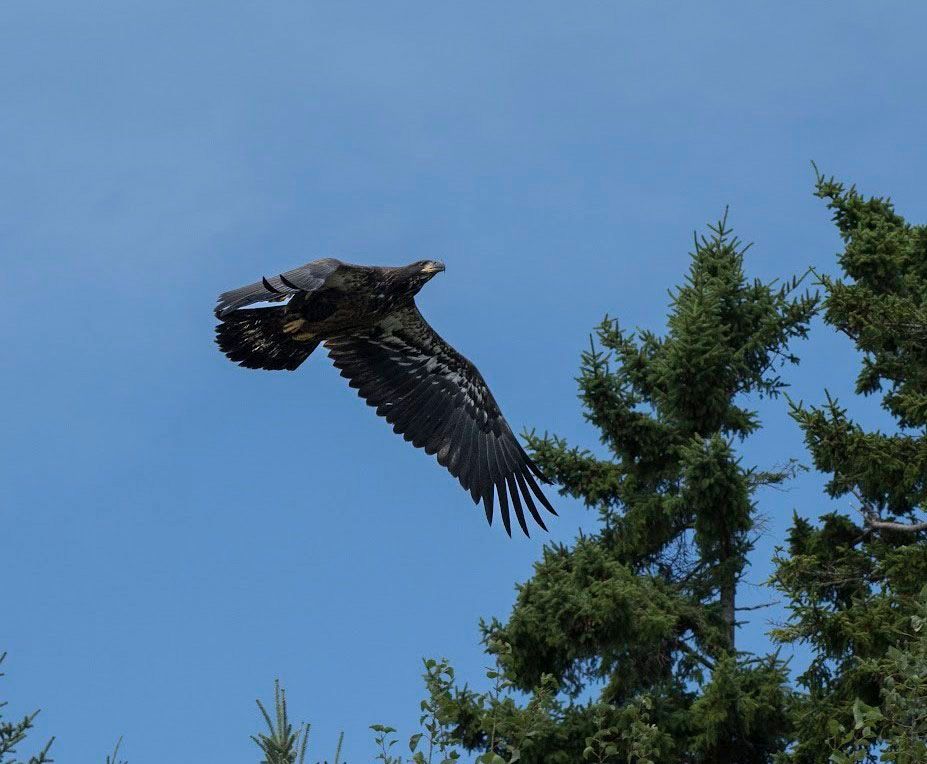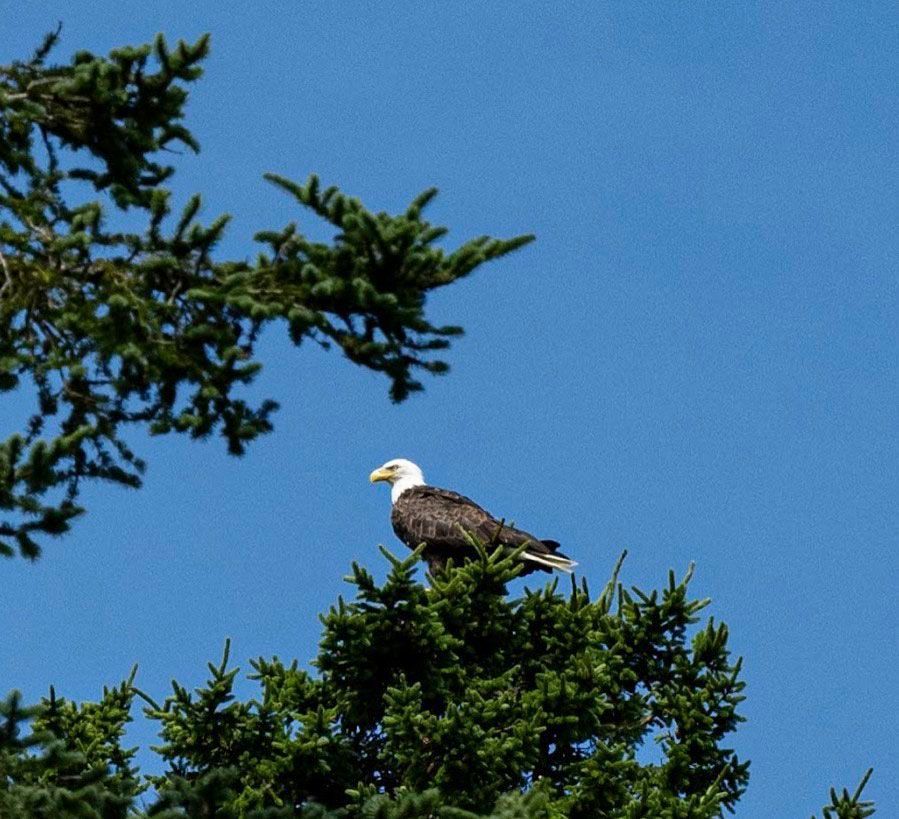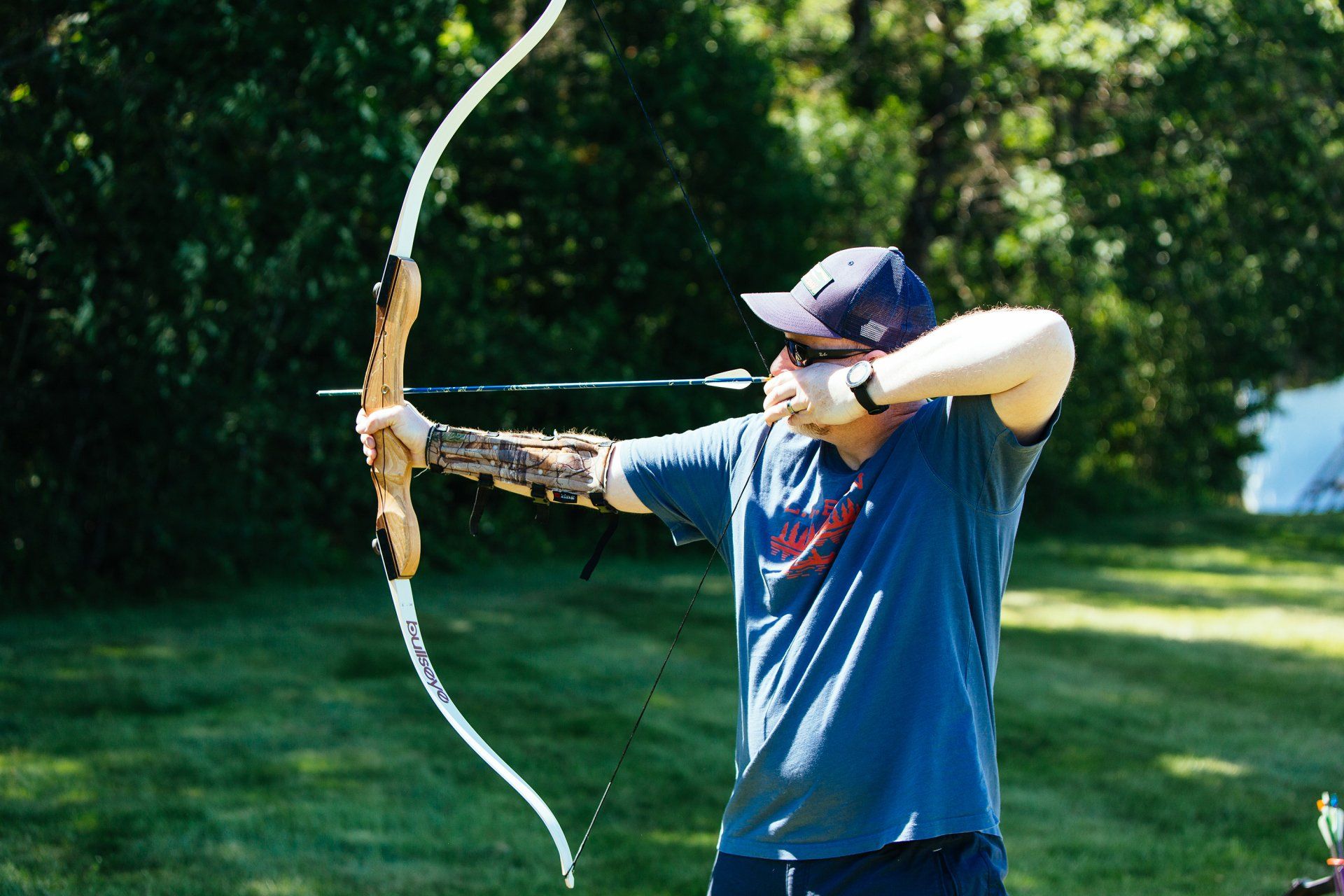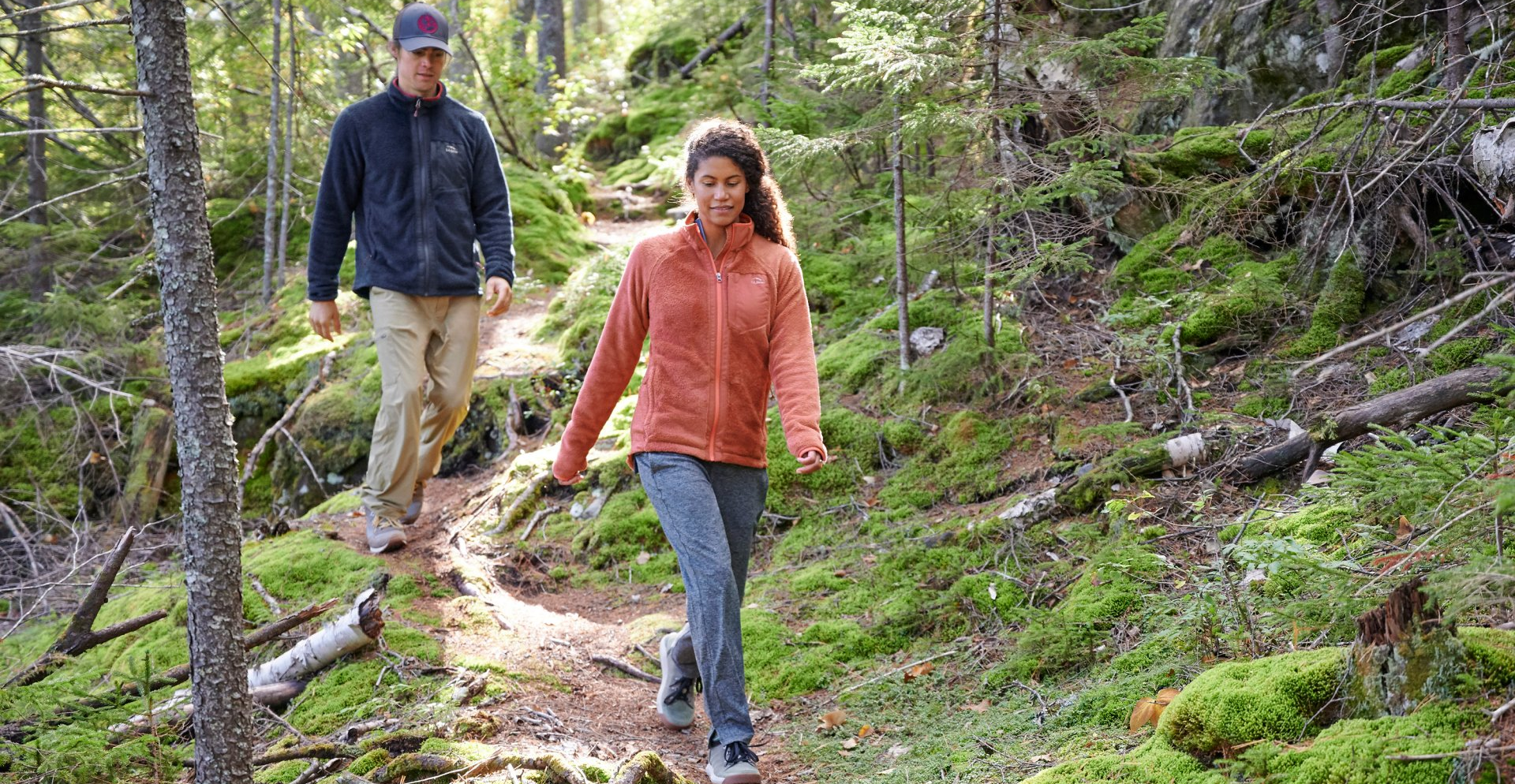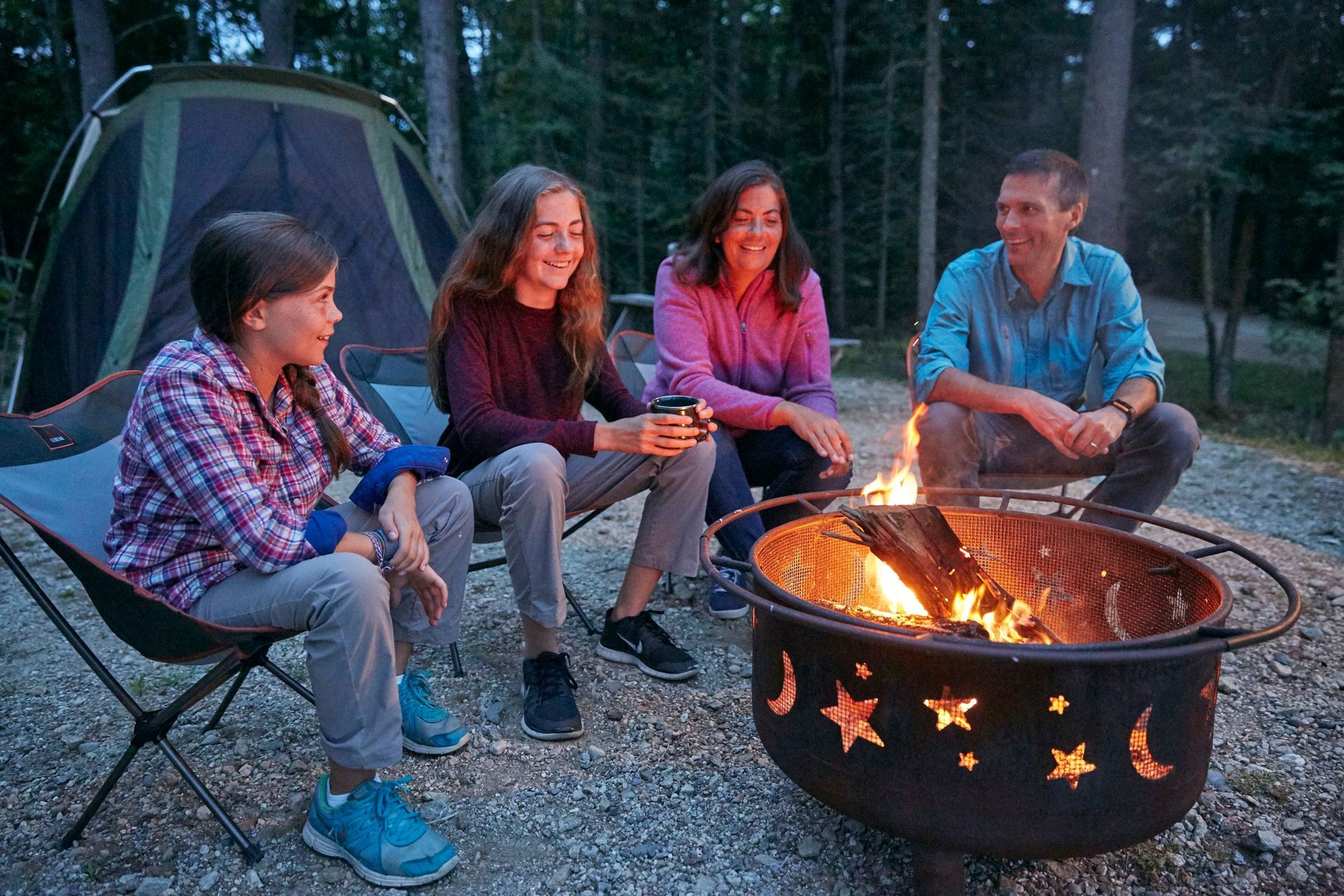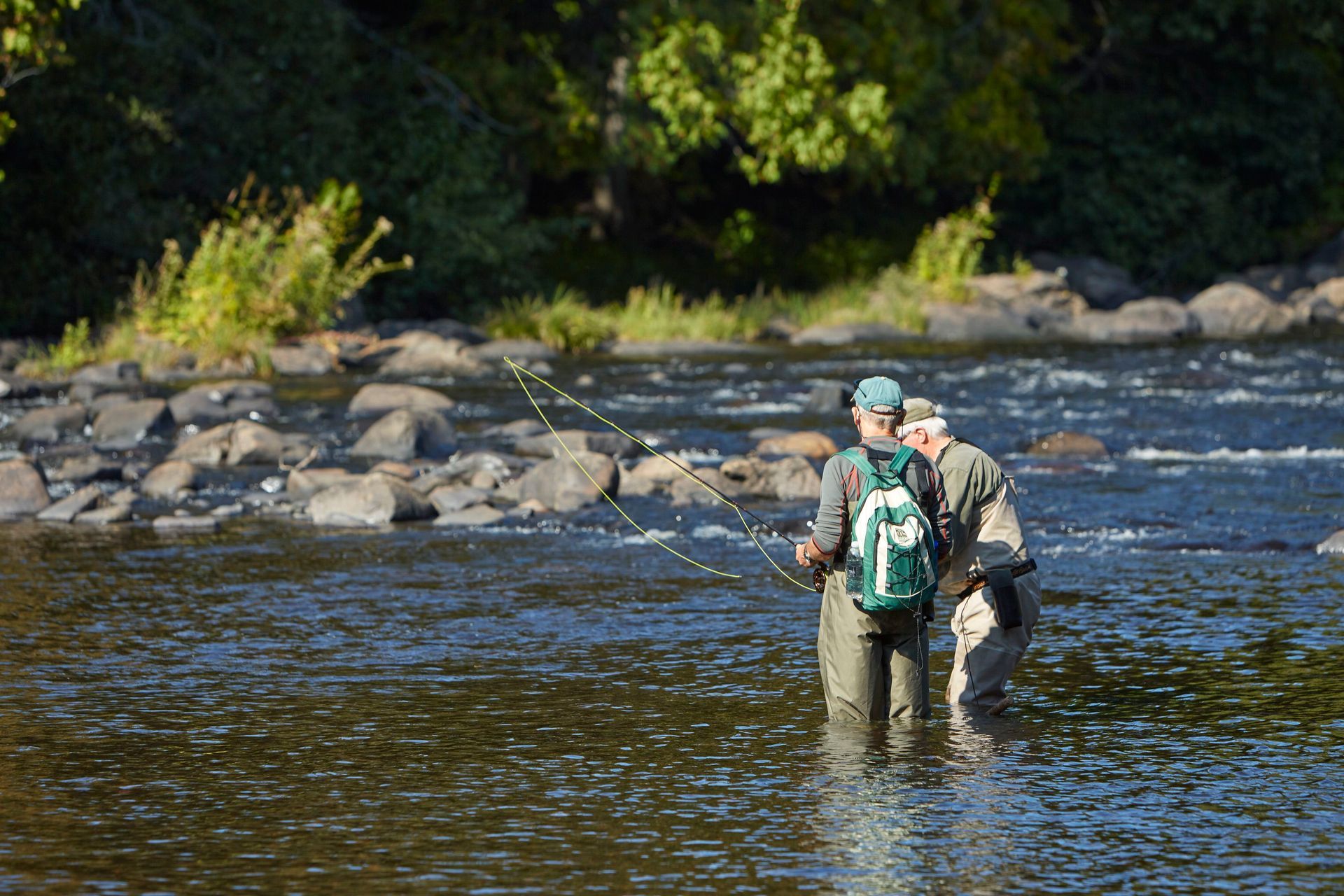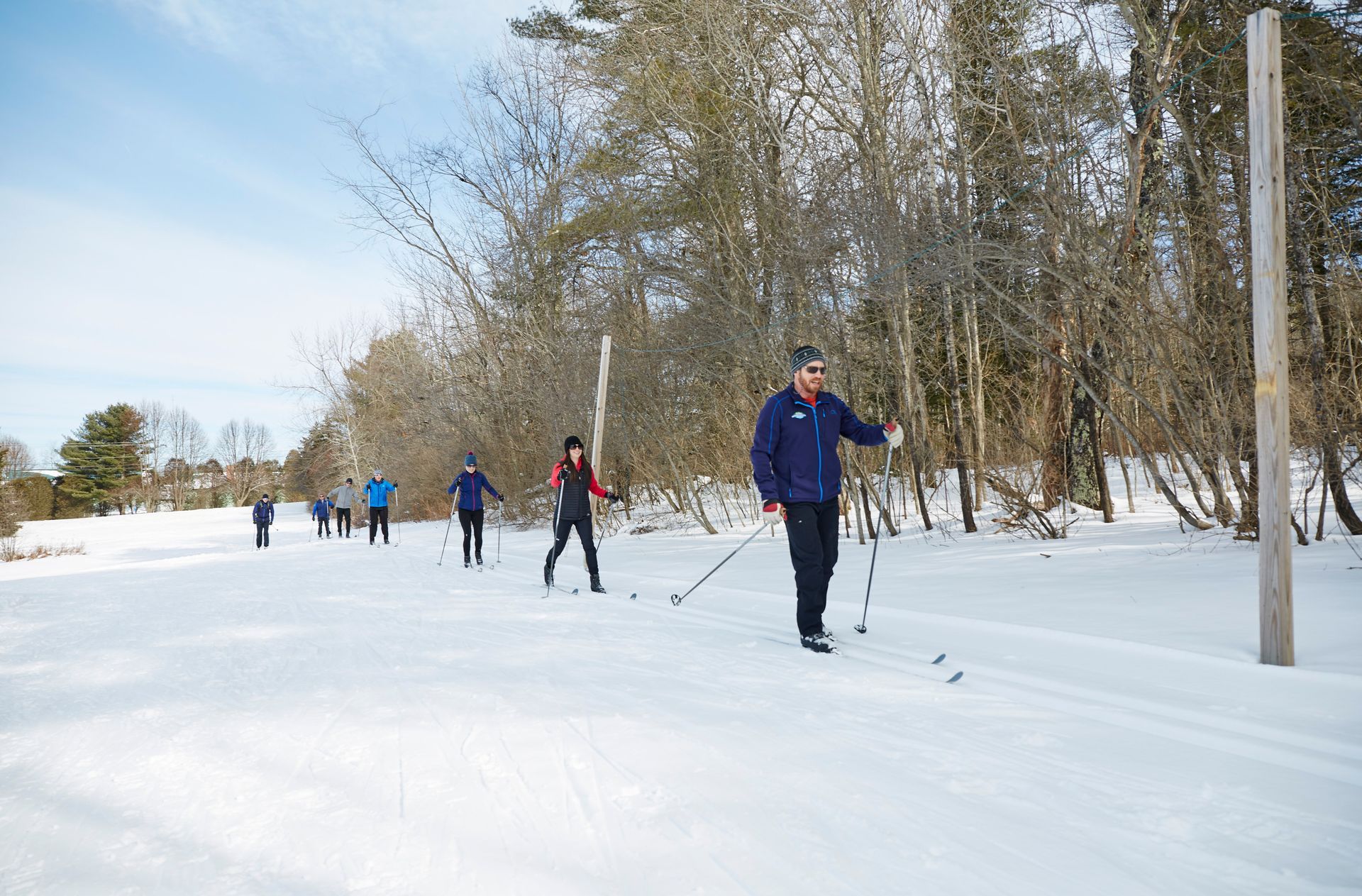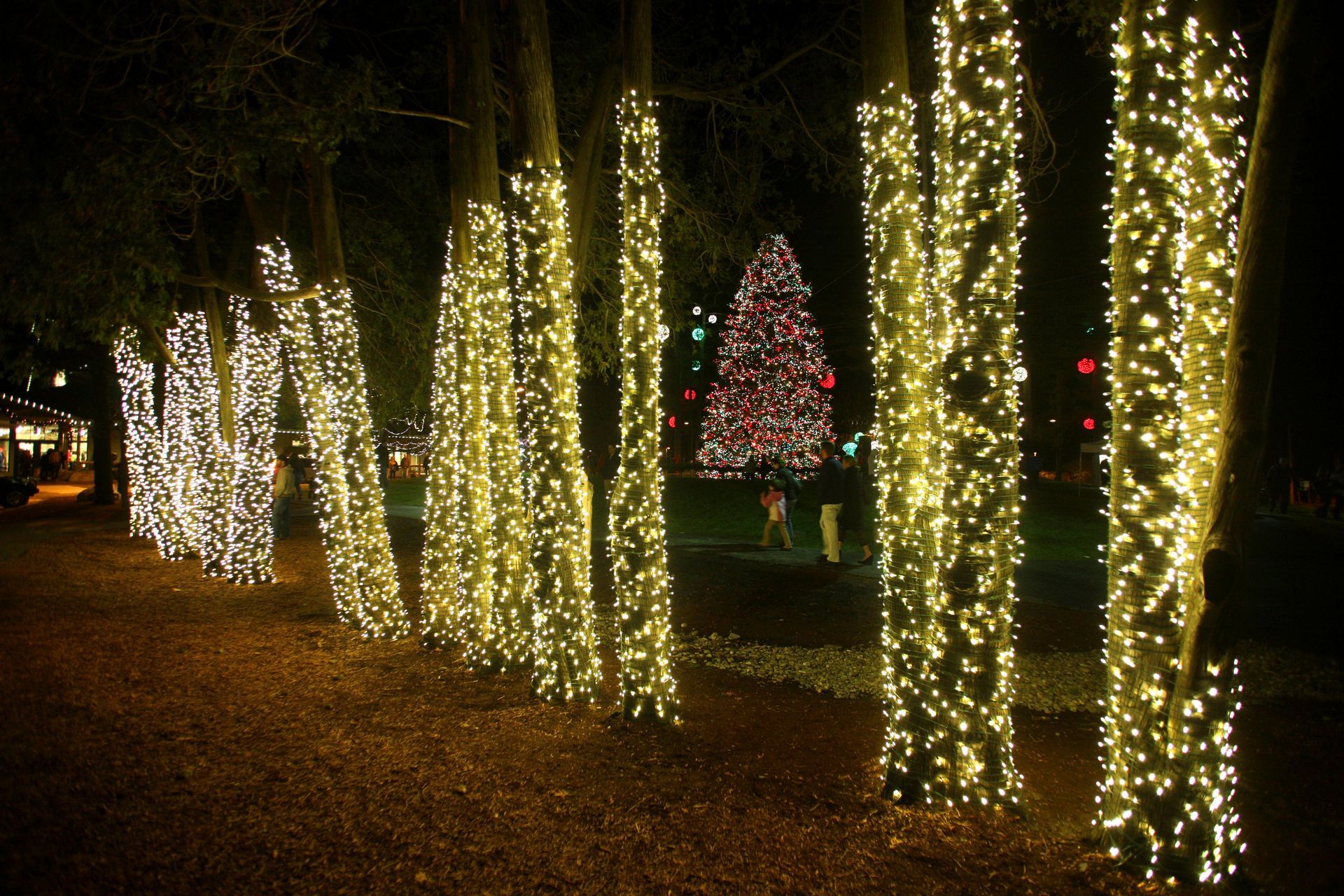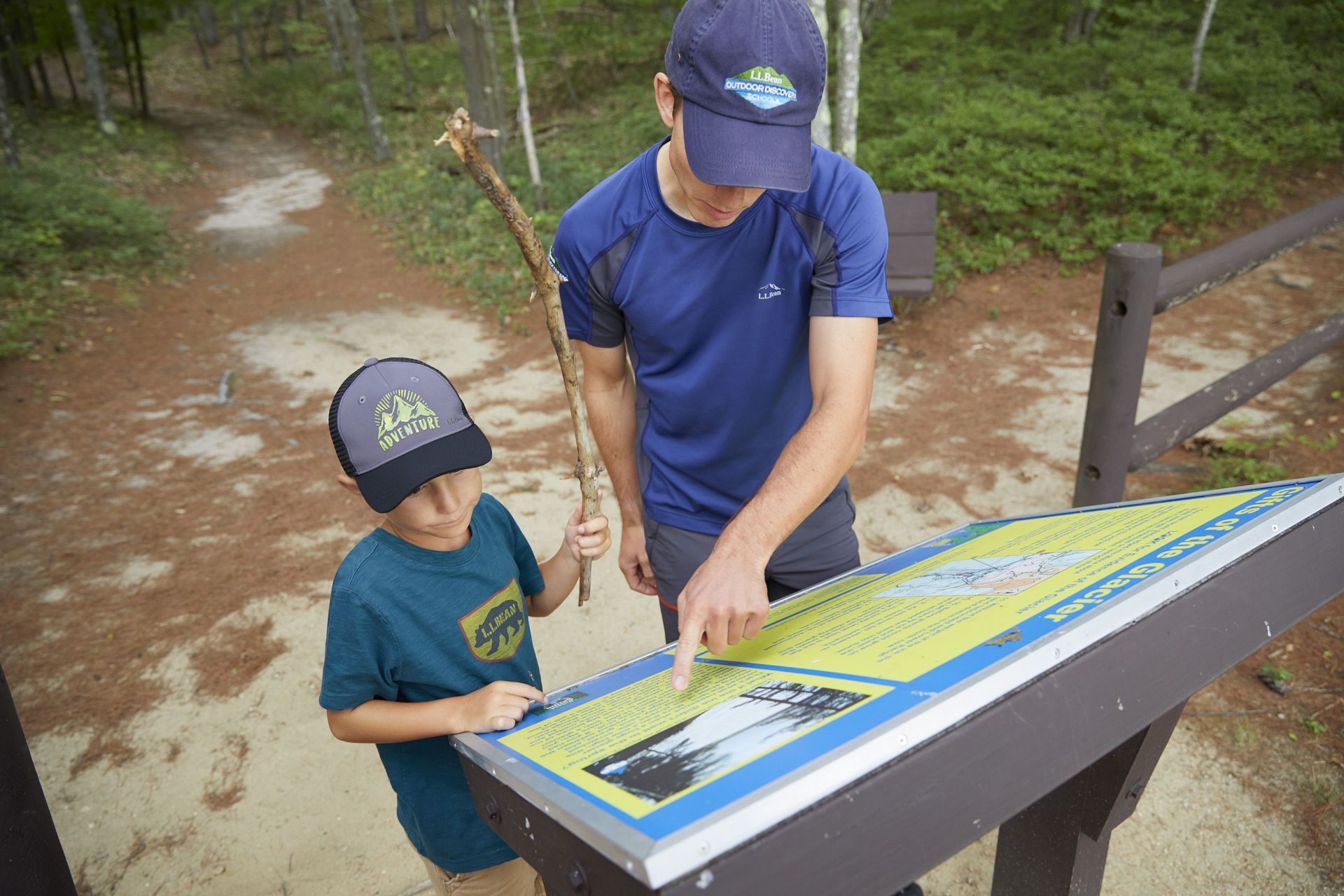Take Flight this Season: Birding Tips from Pittsburgh's National Aviary
BY SKYLAR B., PROGRAM COORDINATOR & INSTRUCTOR
Whether in your own backyard or a new and exciting place, birds are all around us! Here at L.L.Bean’s Outdoor Discovery Programs in Pittsburgh, PA, we’re fortunate enough to partner with the National Aviary for a monthly guided birding kayak tour. During these trips, we get to experience native and visiting birds up close and personal from the comfort of our kayaks. The more we can learn about the critters surrounding us, the more we can appreciate and care for the environment and their homes.
So, let’s start with the basics – what is birding? Birding is the observation of birds in their natural habitats as a hobby. The best part? Anyone can be a birder! I had the pleasure of talking with Robert Mulvihill, an Ornithologist in the Department of Conservation and Field Research at the National Aviary in Pittsburgh. Bob has been one of the incredibly knowledgeable guides who has led bird-watching kayak tours in partnership with the National Aviary over the last several seasons. He answered the following questions and shed some light on to the wondrous world of birding!
Skylar: Where are some of the best spots to go birding in Western Pennsylvania?
Bob: There are a lot of “best” spots! Fortunately, there is a very comprehensive list with detailed descriptions and directions on the Three Rivers Birding Club website.
S: Out of all the places you have been birding, which has been your favorite?
B: I’m not sure I have a single favorite spot! I enjoy birding on North Park Lake a lot because birding from a kayak is just such a great perspective for watching water birds. I enjoy going hawk watching at Allegheny Front Hawk Watch, especially in late fall for the Golden Eagle migration. And in spring, Sewickley Heights Borough Park is one of the best spots to see a fantastic assortment of bright-plumaged wood warblers!
S: What is the best way for an aspiring birder to get involved and support the birding community?
B: Join the bird club nearest you. In Pittsburgh, it’s the Three Rivers Birding Club. Bird clubs have newsletters, outings, meetings, and programs tailored for people who are interested in birds at any level.
S: How do you keep track of the birds you spot?
B: eBird.org is the way to go! It is the biggest database of bird sightings in the world, and it can be personalized in a number of helpful ways for keeping your own lists.
S: We automatically think of owls for nighttime birding, but what else should birders be looking for from dusk till dawn?
B: Some of my favorite birds are crepuscular (i.e., the short period before dark and before dawn). One of those is the American Woodcock because it has an amazing flight display that it only gives during the spring. It has a characteristic nasal “peent!” call that is easy to recognize. The only other nighttime bird phenomenon is the nocturnal migration of birds that can only be “seen” on radar and by listening for the individual nocturnal flight calls that they give. If you have a telescope and are steady and patient, you can even watch the silhouettes of birds as they fly in front of the face of the moon! Thousands upon thousands of birds of more than a hundred kinds fly north and south in fall and spring after dark.
S: What are your tips for birding in the city?
B: Check out the local bird clubs – the Audubon Society of Western PA and the Three Rivers Birding Club – both of which offer bird outings for the public. The National Aviary also offers birding trips for beginners and experts alike.
S: What are the most common backyard birds one might find in PA?
B: Northern Cardinal, Blue Jay, Mourning Dove, House Finch, Tufted Titmouse, White-Breasted Nuthatch, Carolina Chickadee, Song Sparrow, Chipping Sparrow, Downy Woodpecker, Red-Bellied Woodpecker, Northern Flicker, Carolina Wren, Common Grackle, Red-Winged Blackbird, Brown-Headed Cowbird, European Starling, and American Goldfinch – to name a few!
S: Do you have any book or website recommendations for someone getting into birding?
B: The Cornell Lab of Ornithology’s All About Birds website is probably the best one-stop shop for birding information.
S: What are your tips and tricks for a beginner birder?
B: Make sure you have a good working pair of 8X binoculars (eight power is best, with lens diameter of 40 or 42 millimeters – so, 8 X 42). Find a bird field guide for Eastern U.S. and spend time flipping through it to just get an idea of the variety of birds that you might see. Practice looking at every bird you can through binoculars, even the common ones in your backyard. Even seeing a Cardinal or a Blue Jay magnified eight times is an experience you won’t soon forget! The more you practice using binoculars, the better you will be at spotting birds with them, even far away.
When you see a bird you don’t know right away, note its size, main color, outline or shape, patterns of color in the plumage like stripes, streaks, spots, etc., and where those patterns are (on the head, wing, tail, belly, etc.). Finally, note the extras – the habitat, the behavior of the bird, and any vocalizations it makes. If you observe all of these things, which I abbreviate S.C.O.P.E., then you will be able to find and identify your bird in a bird field guide or using an app. S.C.O.P.E. bird identification process stands for Size, Color, Outline (shape), Patterns (field marks), and Extras (habitat, season, geographic location, behaviors, and vocalizations).
S: What do you like about birding on North Park Lake with our L.L.Bean kayaking course? What makes it special compared to being on land?
B: I have come to love birding from a kayak! The best thing about it is that birds don’t retreat from you the same way that they would if you walked up to them. We get to paddle right up close to Green Herons and Spotted Sandpipers and Double-Crested Cormorants. We may have swifts and five kinds of swallows swooping over our heads and between our kayaks. We have had Osprey dive for fish right in front of us. We have had Great Blue Herons fly low over the water right in between our kayaks.
S: What is your favorite bird of all time? What is your favorite bird song to hear?
B: My favorite bird is the Louisiana Waterthrush. It is a stream-dwelling wood warbler that nests in PA and winters in Latin America, and I have studied it for almost 30 years. It bobs its tail as it hops from rock to log in a stream, and it eats mostly mayflies, stoneflies, and other aquatic macroinvertebrates. I describe it as being a “feathered trout!”
S: If you could rename any bird, which would it be and why?
B: I have never been asked this question, and I have never thought about it before! But maybe, as I hinted above, I would rename the Louisiana Waterthrush as the Pennsylvania Feathered Trout!
Thanks for following along as we learn more about birding from Bob. We look forward to seeing you out there spreading your wings and birding away!
For those in the greater Pittsburgh area, we’d love to see on our next National Aviary and L.L.Bean Birdwatching Kayak Tour
Join us for your next Pittsburgh adventure and book one of the wide range of courses and tours L.L.Bean Outdoor Discovery Programs has to offer!


